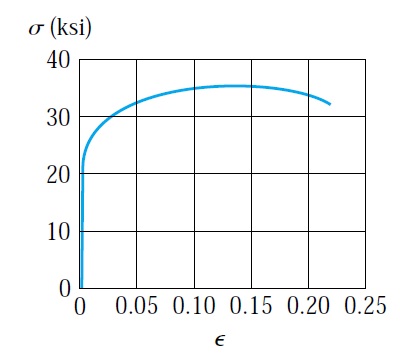modeling of support connection for structural analysis
For efficient analysis of a structure, type of connection between structural members shall be known, usually designer will determine the type of connection between structural members, the three types of joint most often specified is pin-support, roller support, and fixed support, pin and roller support will allow slight rotation for members, whereas, fixed support will not allow for any rotation. figure 1 showing an example of pin support connecting steel structure members, figure 2 showing an example of fixed support.
Figure 1 Figure 2
Figure 3 showing the idealized model used in structural analysis to represent pin and fixed support,
Figure 3 showing the idealized model used in structural analysis to represent pin and fixed support,
Figure 3
Engineers should be accurate and careful in idealizing of structure because any mistake will result in the wrong calculation and the analysis will not represent the actual behavior of the structure, let take beam in figure 4 as an example, we can see that connection between the beam and the wall at point A is not fully fixed and it is allowing for slight rotation with no movement, therefore we idealized it as pin support, for the support at point B, we can notice that it is allowing rotation and axial movement, therefore we idealized as a roller. if by mistake we idealized the support at point B as fixed support, this will result in wrong calculation and higher internal forces in the beam, because fix support restrains the beam movement and rotation.

Figure 3
Table 1 showing the most common supports for coplanar structures, F representing the reaction in each support, the reaction is internal force developed to resist applied load, number of unknows will differ depending on support type, for pin support two unknowns: vertical and horizontal reaction, in roller support one unknown only because it restrains the movement in one direction only, fixed will have three unknown, two force component, and one moment component, and this because it is restraining the movement in both direction and restraining rotation as well.
Table 1


















Comments
Post a Comment